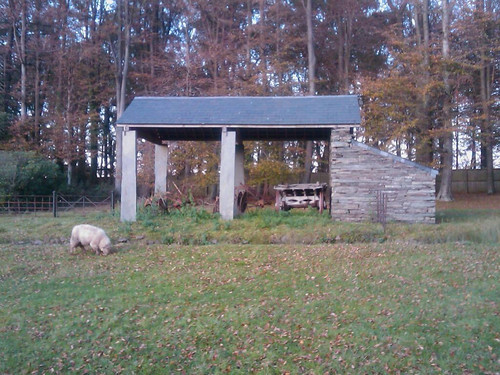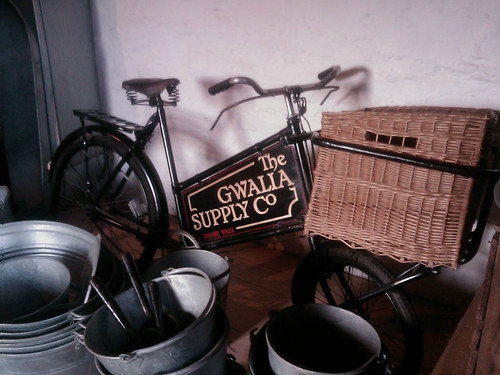28 November 2011
The Green Grid
14 November 2011
There is no School Like the Old School
We made a trip to St Fagan's recently - the Museum of Welsh Life in Cardiff which is one of the most popular open-air museums in Europe.
This building is an old barn where the columns are made of solid massive slabs of slate, and the rear building is made of small pieces of slate laid horizontally like a dry stone wall.
For some reason, this is utterly appealing to architects. Perhaps it is the reassuring idea that the concept of modernism is completely encapsulated by a medieval barn, and is therefore less scary than the rantings of that madman Le Corbusier. In a survey*, the vast majority of architects asked about their favourite building at St Fagan's chose this one. I'm sure there is an essay there somewhere.
*we asked at least 3.
For those bike fans out there, do not fret. Here is a classic cargo bike I found hiding under a pile of tin baths and buckets in the shop that is part of the village grouping at the museum. It should be centre stage, and probably is an a parallel universe where people are sensible and value bikes not buckets. Again, an essay beckons...


